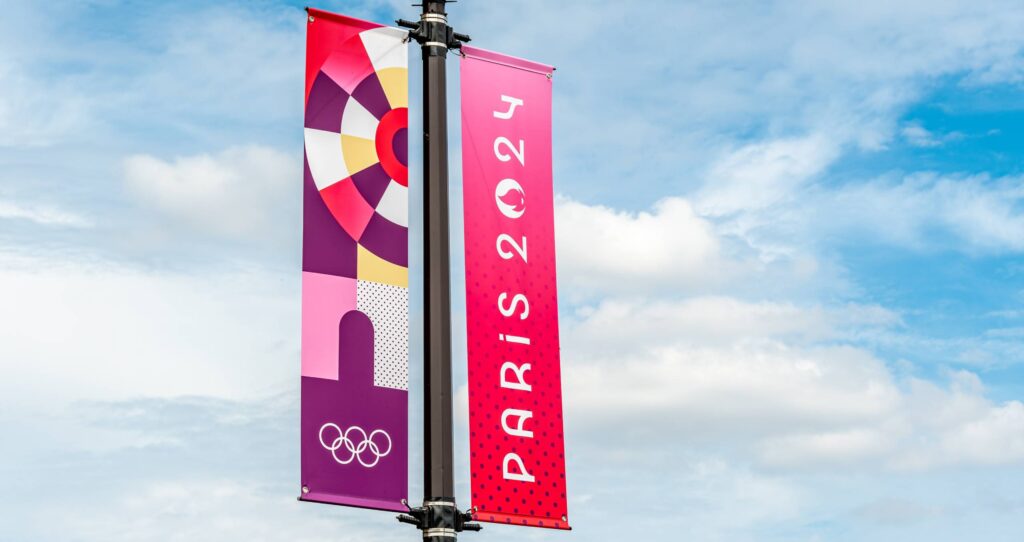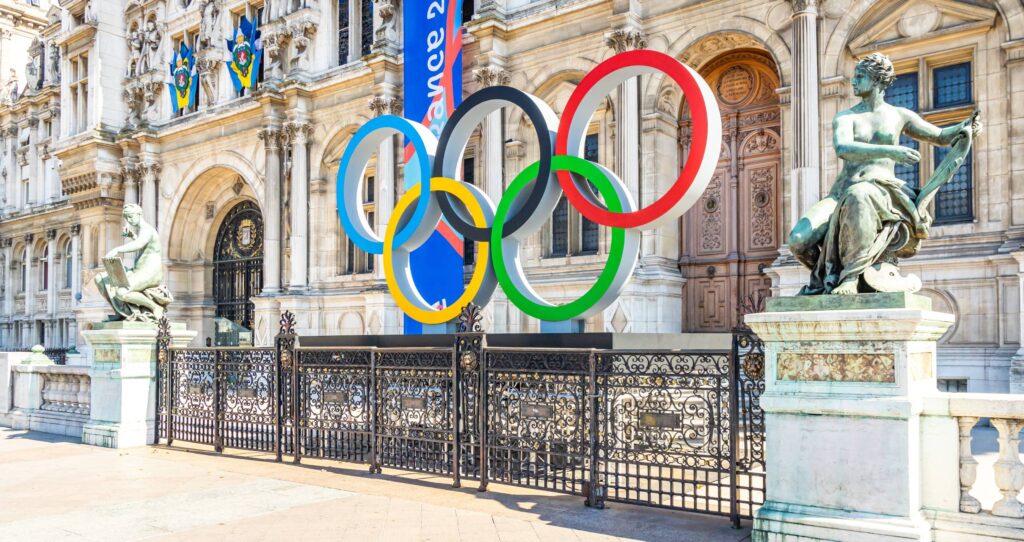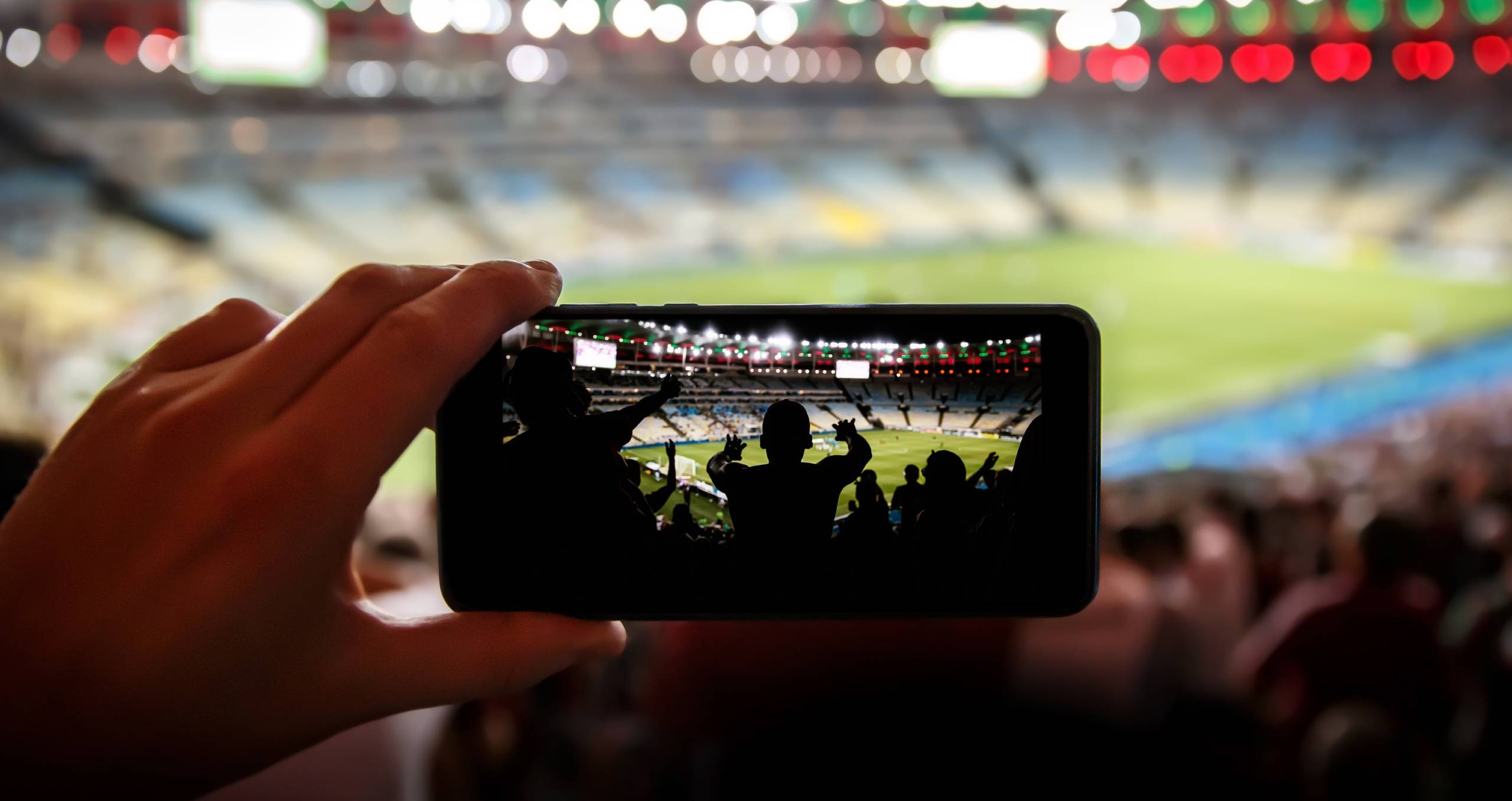With the Paris Olympic Games over and a new cycle of events until Los Angeles 2028 underway, it is time to take stock and study the behaviour of the audience, both those who followed the competition in situ and those who cheered on behind the screen.
Overall, the audience has increased compared to previous editions. According to the records of NBCUniversal, the IOC’s main commercial partner, there were more than 30.6 million viewers, both on linear and digital platforms, 82% more than at the Tokyo Olympics. In addition, it is worth noting the notable increase in the viewing of the competition on Peacock, the channel’s streaming platform, which in just two days of competition had already surpassed the figures for Tokyo 2020.
NBCUniversal’s records, along with record viewing figures from Discovery+ and Max, are demonstrating that viewers, even Americans who are more accustomed to time-shifted content, are becoming increasingly demanding when it comes to viewing 100% streaming content.
The golden minute of the competition came during the men’s basketball final between the USA and France, with an average of 20.3 million viewers between NBCUniversal and Peacock.
We see that this trend is also repeated in Spanish-speaking countries, as Telemundo experienced a 26% increase in viewership compared to the Tokyo 2026 broadcast.
What has happened in Spain?
In the case of Spain, coverage has been in the hands of RTVE, distributing the competition among its channels: La 1, La 2, Teledeporte and offering some of the competitions live on RTVE Play, the channel’s digital platform. To a lesser extent, content was also available on Eurosport, but as it is a pay channel, its audience was much lower.
Undoubtedly, La 1 was the big winner with an 18.2% share and an average of 1.2M viewers. These figures put it several points above its usual audience figures. It is also worth highlighting the 2.4% increase in audience share of the digital channel RTVE Play, which shows that younger audiences are also interested in sport, but demand a different type of consumption.
The most watched moment of the whole competition corresponds to the men’s tennis final, where the Spaniard Alcaraz faced the Serbian Djokovic. This match achieved a 37.5% share of the screen, with an average audience of 3.5 million viewers.
Social Networks as the perfect loudspeaker
Beyond the television audience or on streaming platforms, social networks are the other great loudspeaker of these Olympic Games. As predicted, this edition has become the most digital in history, both through the social media channels and the profiles of the athletes themselves.
The participants of the competition have become the best hosts to broadcast everything that has happened first hand, managing to impact millions of users with a real and credible discourse of how an Olympic Games is experienced from the inside.
While athletes have certain restrictions when it comes to displaying sponsors or advertising on their profiles during the competition, the social networks of the main broadcasters are a great opportunity for communication.
According to NBCUniversal, NBC Sport’s social channels achieved 6.55 billion impressions and increased its community by 4.7 million users. Data that supports increased brand investment in these platforms.
What role does all this play for brands?

The Olympic Games are one of the great annual events and a great showcase for the world. For this reason, the other major protagonists, in addition to the athletes, are the brands, which, edition after edition, must reinvent themselves to capture the attention of the spectators.
Everything that happens during this period is a golden opportunity for the brands, and the French group LVMH (Louis Vuitton Moët Hennessy) knows this, which is why it has made the most of every moment: from the design of the medals given to the athletes on the podium, to having exclusive moments during the opening ceremony, such as when a boat loaded with its iconic suitcases sailed down the Seine.
Other French brands, such as Carrefour, have also been present, setting up one of their shops in the Olympic Village and adapting their products to the needs of the participants.
This repercussion has not only been positive for the advertisers present in the French capital, but the large audiences of the broadcasts have generated a greater connection between viewers and brands, offering an immediate return and a more lasting impact.
According to research conducted by NBCUniversal, the broadcaster of the competition in the United States, 2 out of 3 consumers find Olympic Games advertisements more credible than others. Moreover, during the broadcasting of the different competitions, 26% more attention has been paid to the advertisement shown, 44% more recall, 14% more searches for the brand and a 17% increase in purchase intent.
Tourism and the Olympic Games

Beyond athletes and brands, tourism is the other major sector affected by this type of event. How did it perform in Paris and did it live up to expectations?
According to Visa data, during the first weekend of the competition, consumer spending increased by 20% compared to the same time last year, with American, German and Spanish tourism generating the most spending in the city.
If we analyse by sector, we see that spending has increased notably in: museums and theatres (+159% compared to the same period last year), food (+42%) and restaurants (+36%).
Another positive economic data comes from small shops, which increased their sales by 26% during the first weekend of the competition.
The economic improvements were also noticeable in the cities that hosted some of the races, such as Saint-Etienne, Lille and Marseille.
As we can see, the business of the Olympic Games moves masses, both in terms of audiences and tourism, so brands must be constantly updated to adapt to the needs of the spectators and this is clear with the change in consumption from Tokyo 2020 to Paris 2024, so if we want our brand to be one of the big winners of Los Angeles 2028, we must start working as soon as possible on the strategy for this new Olympic cycle.


